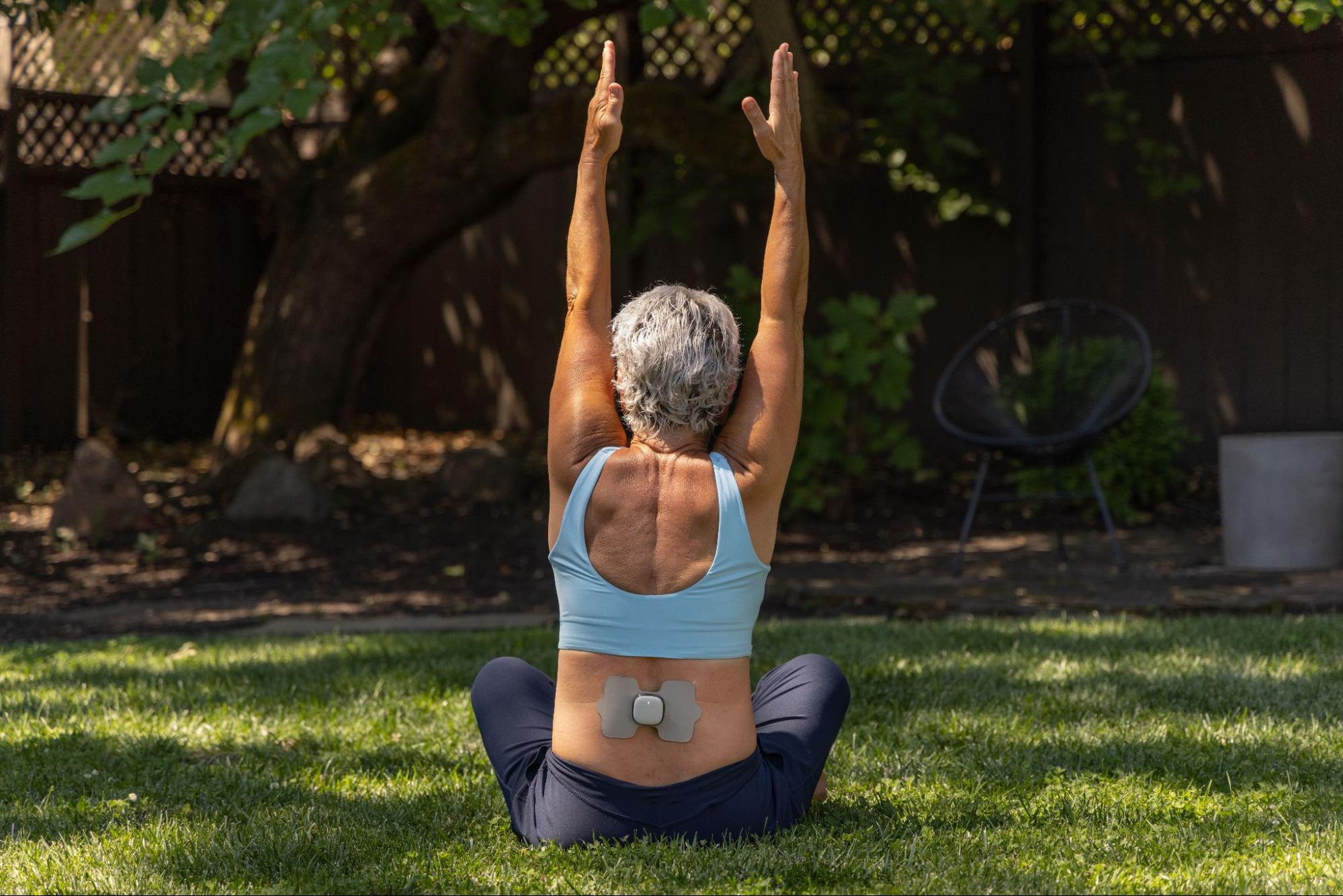TENS therapy for back pain: benefits and how it works
Discover how TENS therapy provides drug-free back pain relief, how to use a TENS unit safely, and what conditions may benefit from this treatment.
$0 costo para usted
Fecha de Publicación: Aug 20, 2025
El índice
Fully covered back pain relief
Find relief from lower back pain, a thrown out back, sciatica, & more.
Check if I'm eligible